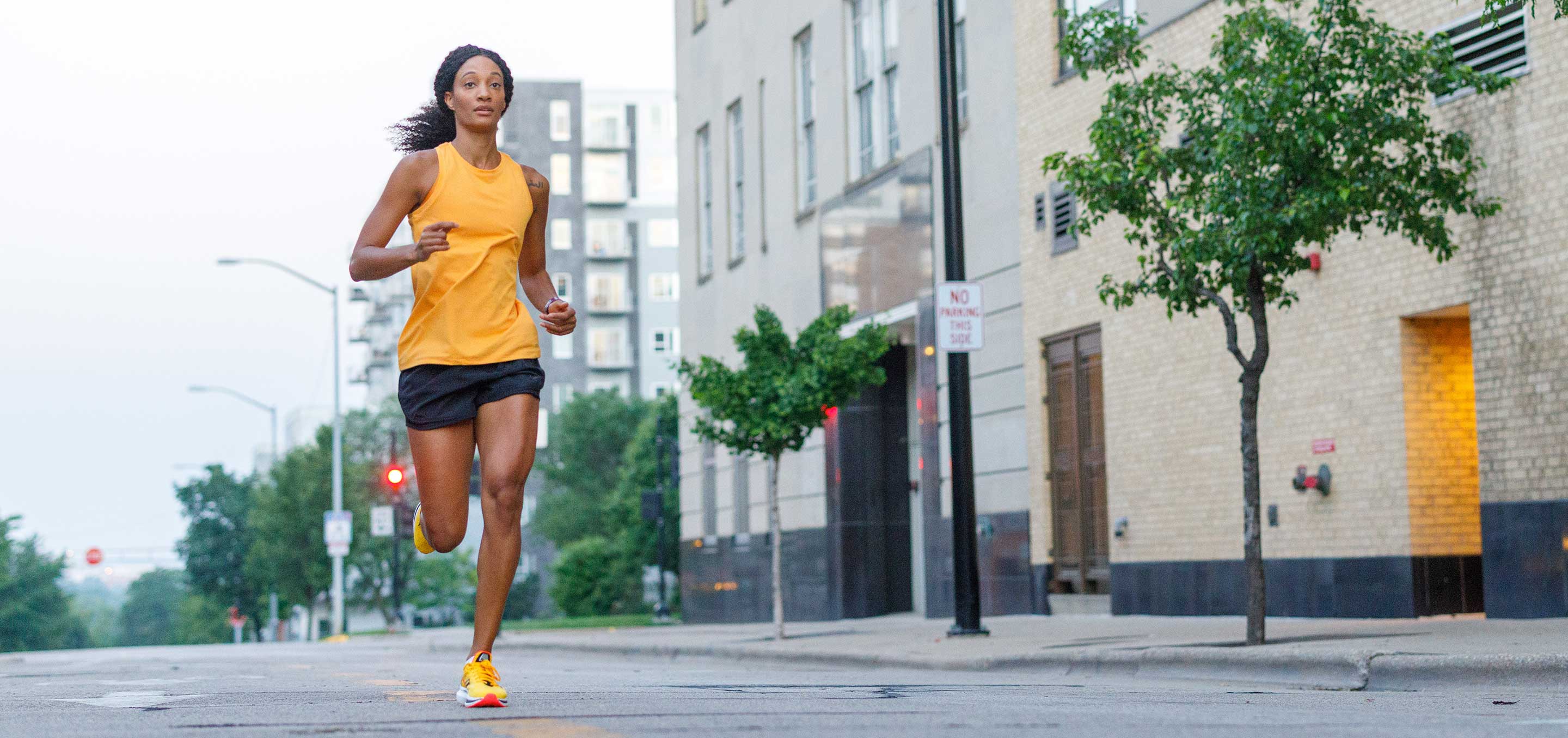The Rules of Pickleball: Serving, Scoring & Kitchen Faults

What are the rules for pickleball?
Whether this is your first doubles match or your fifth tournament, brushing up on the basics of pickleball rules helps you play more like a pro. Understanding crucial topics like how to serve and the rules for scoring keeps players from making common mistakes.
Why stand around arguing about service foot faults and line calls when there’s a match to be won? Learn everything you need to know about the rules of pickleball from CURREX® PICKLEBALLPRO™ insoles, the official insoles of Major League Pickleball made for effortless movement on the court.
Jump Ahead:
- Doubles vs Singles
- Serving & Position Rules
- The Two-Bounce Rule
- Scoring Rules
- Non-volley Zone or Kitchen Rules
- Line Calls
- Rules on Faults
- Where to Find the Official Pickleball Rules
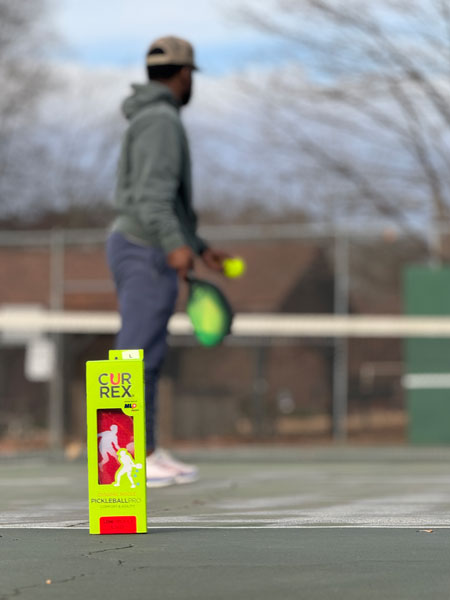
Doubles vs Singles
Most pickleball games are played between two teams with two players on each team, otherwise known as doubles. A singles game of pickleball would involve two players facing off one-to-one.
Pickleball rules for doubles are the same rules that apply to a singles game with one exception. When serving, the singles player serves from the right side of the court if they have an even score and from the left if they have an odd score.
Rules for Serving
Pickleball serve rules are essential to know if you want to avoid losing rallies by committing service faults. The basic rules of the pickleball serve are as follows:
- Always call the entire score before initiating your serve.
- Only serve the ball from behind the baseline.
- To avoid a service foot fault, both feet must remain behind the baseline and within the imaginary extensions of the sideline and centerline until after striking the ball.
- The server’s arm should move in an upward arc (underhand serve) when striking the ball.
- When serving, the pickleball paddle must remain below waist level.
- Serves are made across the court diagonally.
- The serve must land within the lines of the opposite court, but not inside the kitchen.
- At the start of a game, the serving team has only one serve attempt.
- For following rallies, each player on the team may attempt a serve until a rally loss or fault results in a side out, giving the serve to the opposition.
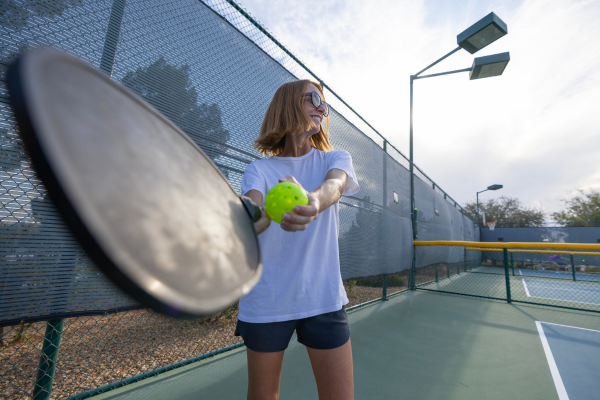
Serve Position Rules
- The first serve of the game and each side out comes from the right side of the court.
- If a point is scored on the serving team, the server switches to the left side of the court before serving.
- With each subsequent point, the server goes back and forth between the right or left sides of the court until a fault or rally loss.
The Two-Bounce Rule
Once served, the pickleball must bounce once on the opposing side of the court before the team may return it, and a second time on the serving team’s side before they may return it. After the ball bounces on each team’s court once, both teams can volley or strike the ball to continue the rally.
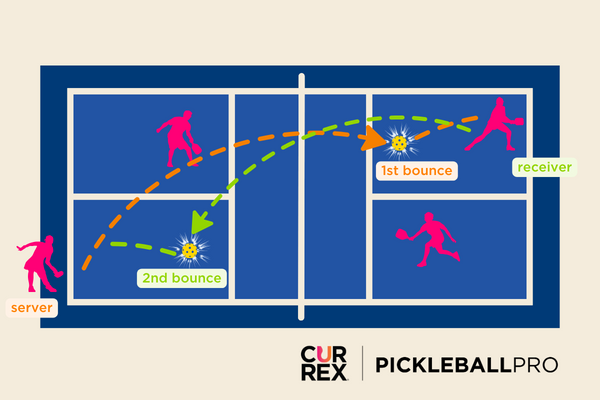
Scoring Rules
Pickleball scoring rules state that only the serving team can score a point by winning the rally. A rally loss simply gives the serve to the receiving team, not the point. This is the opposite of tennis and is known as side-out scoring, though some pickleball leagues prefer to use rally scoring for faster games.
The serving team scores a point when the other team misses the ball. To win a pickleball match, you must win the best two out of three games. The first team to score 11 points with a 2-point lead wins the game. Tournament games, however, can play up to 15 or 21 points, again with the winners needing a 2-point lead.
Scores in a pickleball singles game are read as two numbers: the server’s score, then the receiver’s score. In a game of doubles, the score is read as three numbers: the server’s score, the receiver’s score, and the server number. The server number indicates which of the two players on the team is serving.
Non-Volley Zone Rules
Pickleball kitchen rules state you cannot volley the pickleball in the non-volley zone, also called the kitchen. Doing so results in a fault. A volley is when the player hits the ball before it touches the ground. Players are allowed in the kitchen at any time during a rally unless they are volleying the ball.
Most kitchen foot faults happen when the player steps on or over the kitchen line during or after volleying the ball. They might lose balance or grip and be carried into the kitchen by their own momentum, or their gear or paddle may fall into or touch the non-volley zone.
Wearing pickleball insoles can help improve your movement on the court. CURREX PICKLEBALLPRO insoles deliver superior grip, dynamic support, and a stabilizing fit in your pickleball shoes for better balance and effortless footwork. Targeted cushioning keeps you on your toes for responsive, agile play.
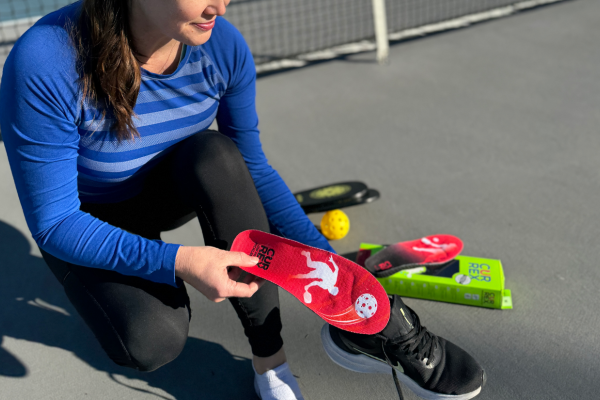
Line Calls
In pickleball, line call rules decide whether a ball is “in” or “out.” The pickleball must clear the net and land in the correct court on the serve. During the serve, the ball is considered “in” if it contacts any part of any line including the centerline, sideline, and baseline, but excluding the non-volley zone.
For a ball to be “out,” the ball would have to land inside the non-volley zone, on the kitchen line, or outside of the bounds of the other court during a serve. Any other time the ball lands outside of the lines on the court, it is considered “out.”
Faults & Side Outs
Faults happen when a player violates one of the rules for pickleball. They include anything from foot faults and service faults to poor conduct, time violations, and hitting the ball two times in a row.
The fault results in a side out, which gives the serve to the receiving team. Unless it is the first serve of the game, the second player on the serving team still has a chance to serve after the first player faults.
More on the Official Rules of Pickleball
Each year, USA Pickleball updates and publishes the official rulebook for the sport of pickleball in the U.S., which has been adapted internationally by the Global Pickleball Federation. On USA Pickleball’s website, you can find up-to-date revisions, yearly editions available for download, and information on pickleball equipment standards.
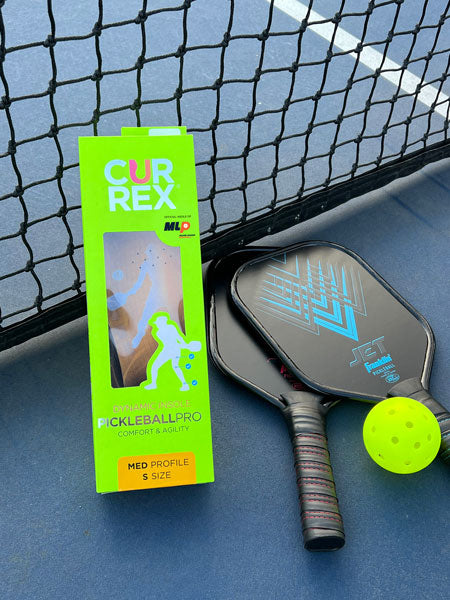
Play Like a Pro with CURREX: The Official Pickleball Insoles
Understanding the basics of pickleball rules helps you learn how to play the sport in a way that improves your skills and keeps the game enjoyable for all players. Just like CURREX pickleball insoles make your shoes fit, feel, and perform better, following the rules of pickleball also helps take your game to the next level.
References:
Basics - Scoring & Position. USA Pickleball.
Rules Summary. USA Pickleball.
Townsend, S. (2021, March 8). Pickleball Line Call Rules – How to Make the Right Call. The Pickler.




